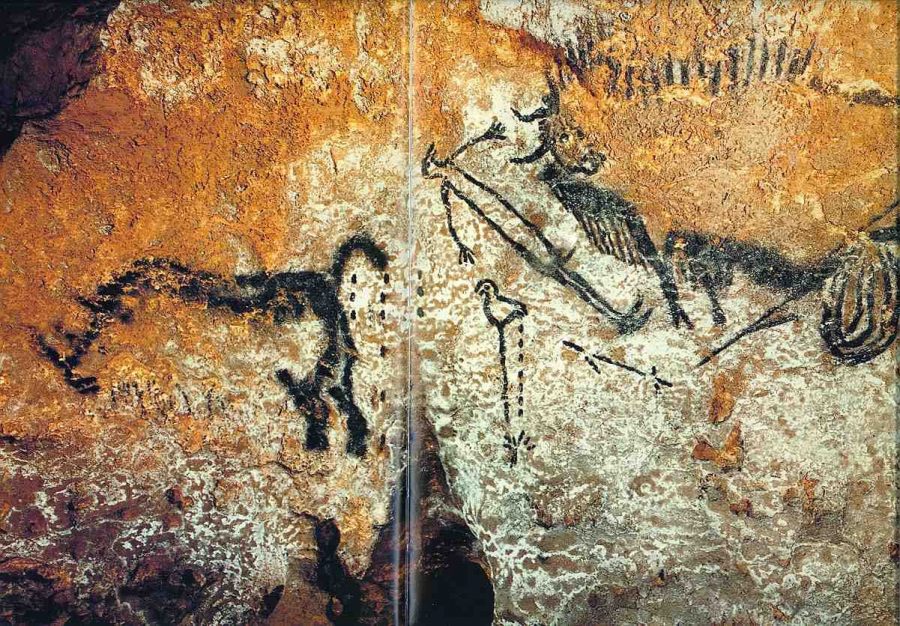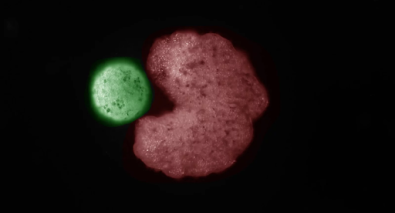Ancient Cave Art Provides Insight into Prehistoric Use of Complex Astronomy
Within sites all across Europe, cave art depicts images of wild animals. However, despite previous thoughts of researchers, it has been discovered that the images represent star constellations. They were used to represent dates and mark events like comet strikes and different seasons. These markings suggest that, as long as 40,000 years ago, humans were keeping track of time using their knowledge of the slow changing position of the stars over thousands of years.
This discovery indicated that ancient humans had a decent understanding of the effect caused by the gradual shift of the Earth’s rotational axis. This discovery and the development of research on it was previously credited to the Ancient Greeks.
The findings also show that the the astronomical insights of the ancient people was far greater than scientists previously believed. Researchers believe that their understanding of astronomy could have aided them in navigation of the ocean, with implications of current knowledge pertaining to prehistoric human migration.
Scientists from Edinburgh and Kent Universities in England studied multiple caves containing the animal paintings in Germany, Turkey, Spain and France. It was discovered that all the sites that were researched used the same method of date keeping that was based on sophisticated astronomy. This was the case, even though the art in each cave was separated by tens of thousands of years.
One specific stone carving at Gobekli Tepe, which is located in modern day Turkey, was not made to tell time. It was made as a memorial to a devastating comet strike that happened around 11,000 BC. Researchers suggest that this strike initiated a mini ice age known as the Younger Dryas Period. Another carving known as the Lascaux Shaft Scene (discovered in France) is one the most best known pieces of ancient artwork. The art features a dying man and several animals and may commemorate a comet strike in 15,200 BC. The teams researching these art pieces confirmed their results by comparing the age of the cave art with the positions of stars in prehistoric times. Scientists can determine the age of the paintings by chemically dating the paints that were used.
These findings help to confirm the early advancements in science made in prehistoric times. They also support the theory of multiple comet impacts over the course of human development, and should hopefully revolutionize the way prehistoric societies were interpreted.













